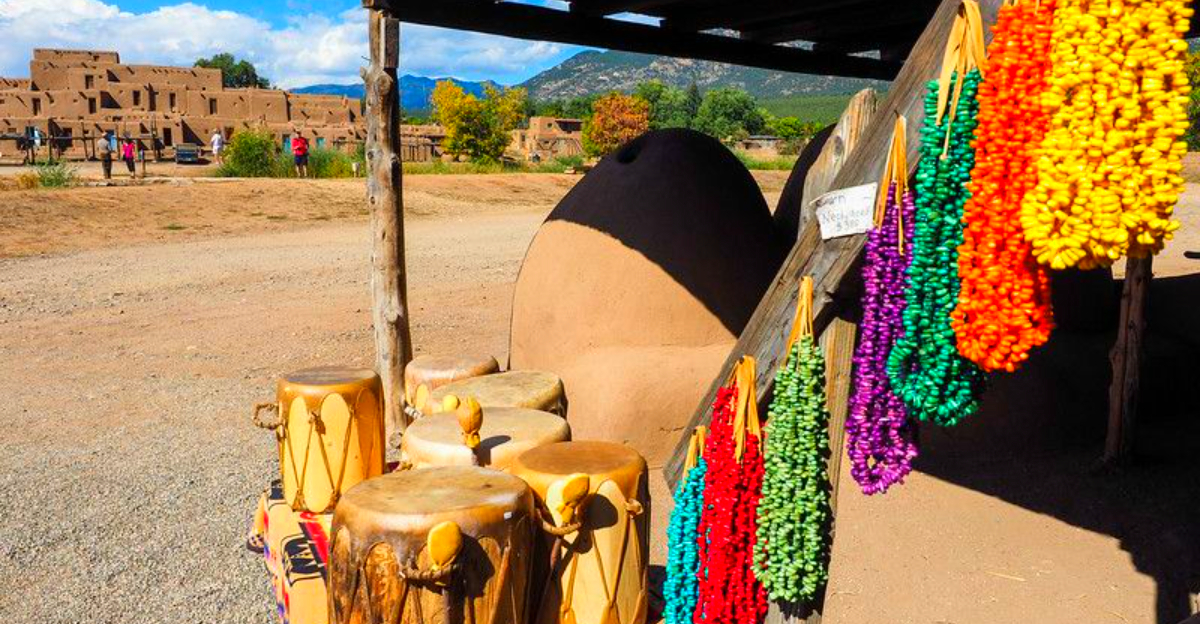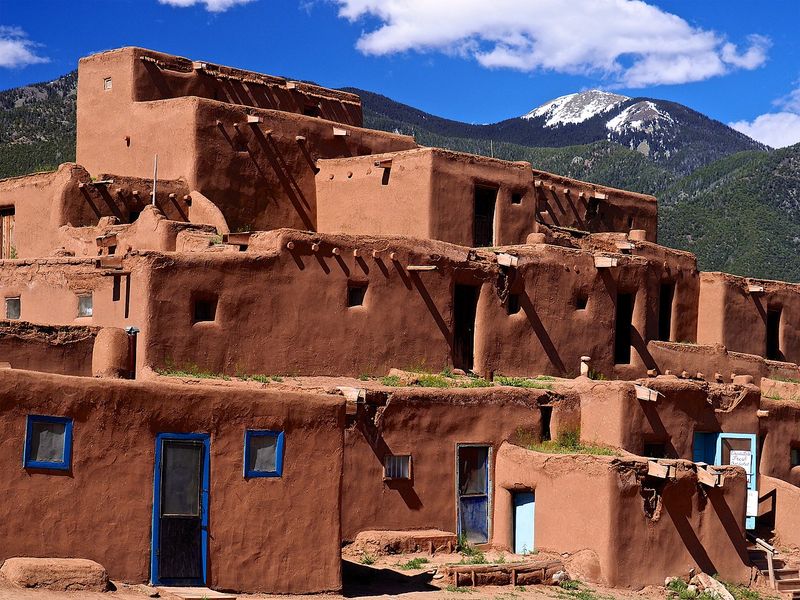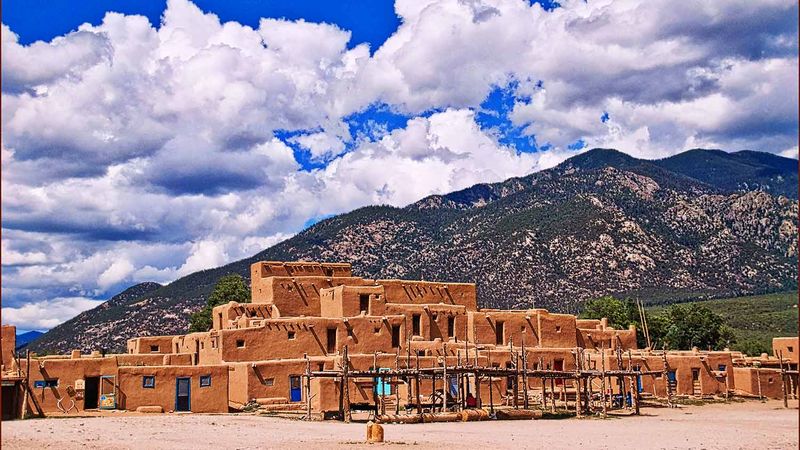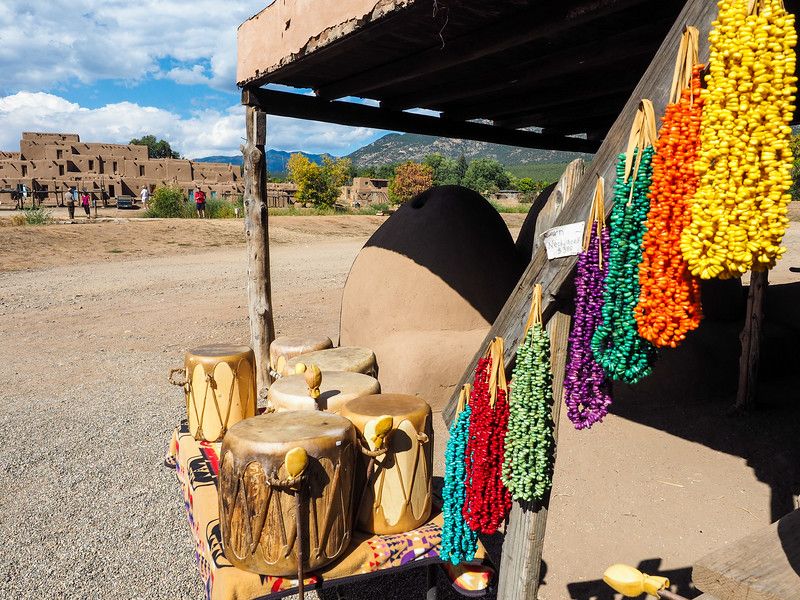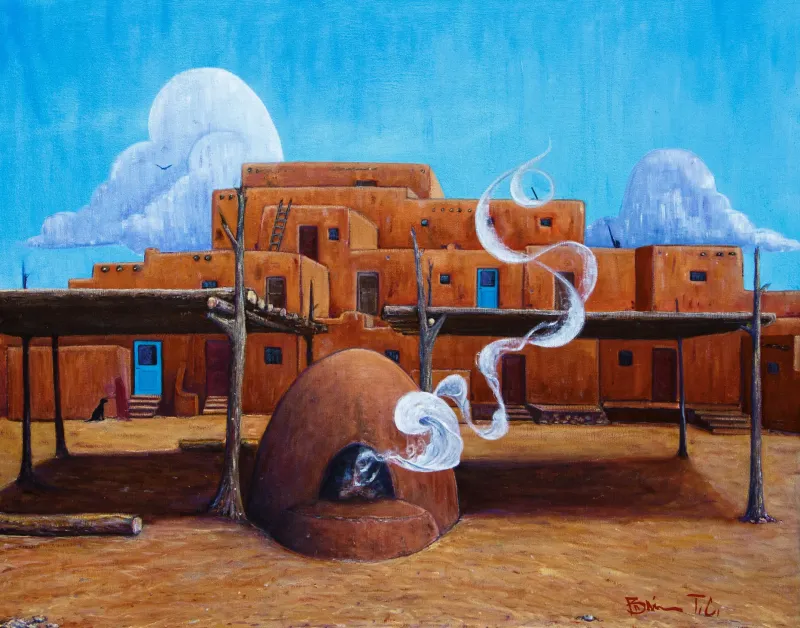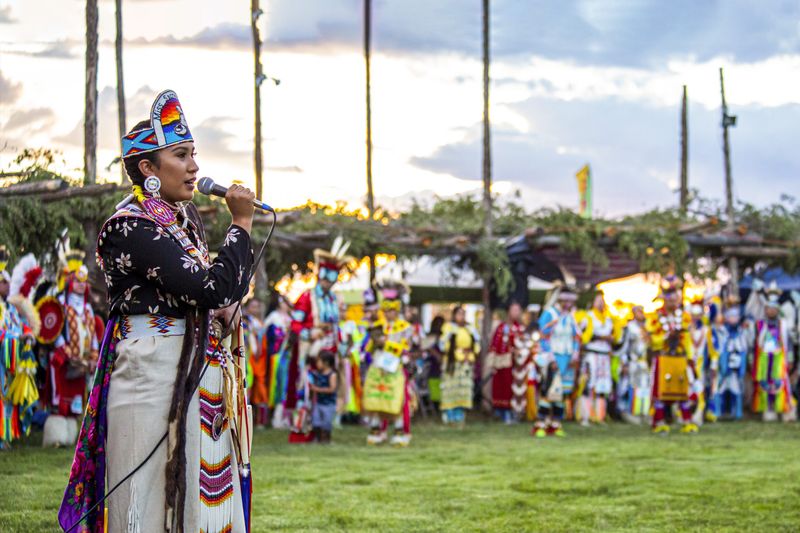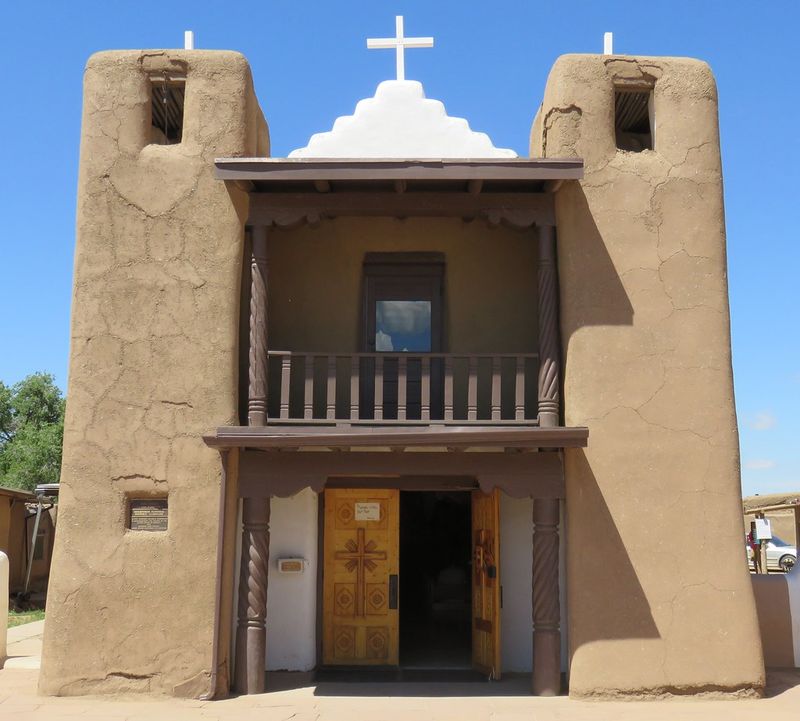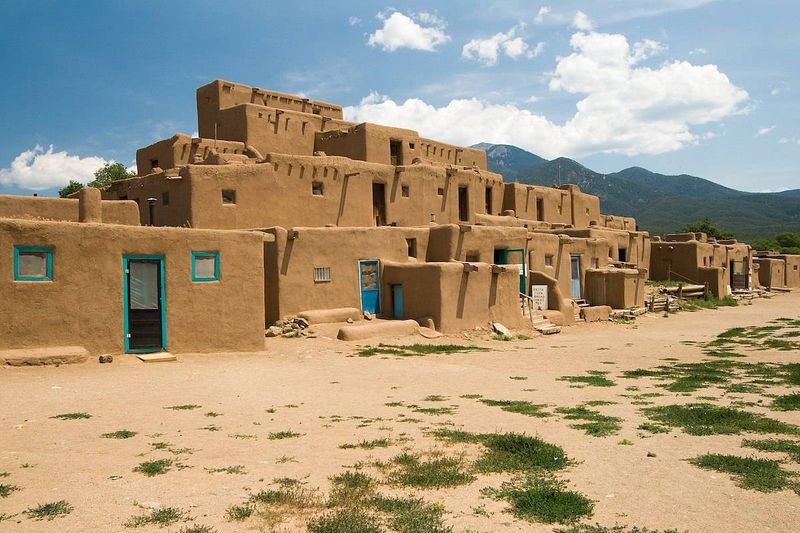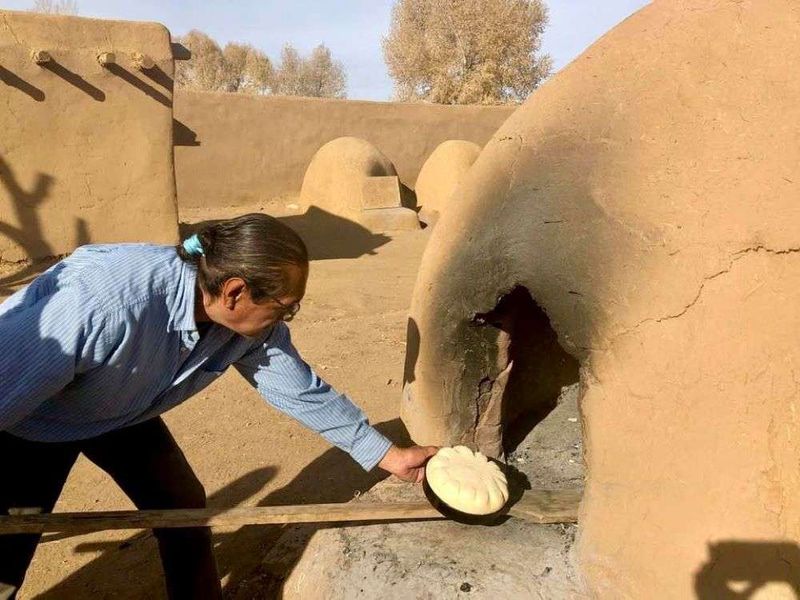Tucked away in northern New Mexico lies a Pueblo town that blends ancient history with vibrant living traditions. Taos Pueblo, a UNESCO World Heritage Site, is one of the oldest continuously inhabited communities in the United States. Beyond its adobe architecture and sacred ruins, it’s also a hub for Indigenous art, culture, and markets that draw visitors from around the world.
1. A Living Community Over 1,000 Years Old
Taos Pueblo has been continuously inhabited for more than a millennium, with adobe structures that date back to around 1000–1450 CE. Residents still live in traditional multi-storied homes built from mud, straw, and timber.
This living community reflects the enduring legacy of the Pueblo people, preserving their cultural heritage. The adobe walls echo stories of generations who have called this place home.
The blend of ancient architecture and modern life is mesmerizing. Imagine stepping into a world where history breathes in every corner and tradition thrives. It’s a testament to resilience, where the past and present coexist harmoniously. This makes Taos Pueblo an extraordinary living piece of history.
2. UNESCO World Heritage Recognition
In 1992, Taos Pueblo was designated a UNESCO World Heritage Site for its unique architecture and cultural significance. It’s also recognized as a National Historic Landmark.
This accolade underscores the global importance of preserving such an invaluable cultural treasure. The Pueblo stands as a remarkable example of Indigenous architecture and historical continuity.
Walking through Taos Pueblo feels like traversing a timeline, where each building narrates its own story. Such recognition aids in preserving the Pueblo’s authenticity, allowing future generations to witness its splendor. It’s not just a place, but a living museum of cultural heritage and resilience, valued the world over.
3. Traditional Arts and Markets
The Pueblo is famous for its vibrant art scene. Visitors can find hand-crafted pottery, jewelry, leatherwork, and traditional paintings sold directly by artisans in small family-owned shops and open-air markets.
This bustling market is a canvas of creativity and tradition. Artists breathe life into their crafts, offering a glimpse into the cultural narratives of the Pueblo people.
Every piece tells a unique story, connecting the past with contemporary interpretations. The market is not just a place to shop but a cultural experience where art becomes a dialogue between generations. It’s a vibrant pulse of the community that enriches its cultural tapestry.
4. A Blend of Ancient and Contemporary
While rooted in tradition, Pueblo artists often incorporate modern elements into their work. The art market here offers everything from traditional micaceous clay pots to contemporary silver jewelry.
This fusion of old and new creates a dynamic artistic landscape. Artists draw inspiration from their heritage while embracing innovation.
Walking through the market, you’ll encounter a symphony of styles that celebrates diversity and creativity. The blend of ancient techniques with modern artistry showcases the adaptability and vision of the Pueblo people. It’s an evolving canvas that captures the essence of cultural continuity and change.
5. Annual Feast Days and Dances
The Pueblo hosts ceremonial feast days that combine Catholic influences with traditional Pueblo rituals. These events feature sacred dances, community gatherings, and market fairs.
Feast days are vital cultural expressions, where music and dance create a rhythm of unity and celebration. The blend of spiritual and communal elements showcases the harmonious co-existence of different traditions.
These celebrations are a sensory feast, where every step and sound tells a story of resilience and joy. They provide a window into the cultural soul of the Pueblo, fostering a sense of belonging and continuity among participants and spectators alike.
6. The San Geronimo Chapel
The current mission church, built in 1850, stands as a reminder of Spanish colonial influence. It replaced an earlier church destroyed during the 1847 Taos Revolt.
San Geronimo Chapel is a serene yet poignant landmark, reflecting a complex history. Its adobe walls hold stories of faith and resilience.
This chapel stands as a symbol of continuity, bridging past conflicts and present harmony. Visiting it offers a moment of contemplation, amidst the echoes of the past and the ongoing cultural dialogue. It’s a testament to the Pueblo’s ability to integrate diverse influences while preserving their identity.
7. No Running Water or Electricity in the Historic Core
To preserve tradition, the main pueblo buildings still do not have running water or electricity. Residents use wood stoves for heat and ovens made of adobe, called hornos, for baking bread.
This commitment to tradition fosters a unique lifestyle, where modern conveniences are set aside for cultural integrity. It’s a living testament to the Pueblo’s dedication.
The absence of electricity and running water highlights a way of life that values simplicity and sustainability. It’s a glimpse into a community where the rhythm of life follows nature’s cues, maintaining a genuine connection to ancestral ways.
8. A Living Bridge Between Past and Present
Visiting Taos Pueblo isn’t just about seeing ruins – it’s about experiencing a living community where ancient traditions continue to thrive alongside vibrant art markets and cultural exchange.
This Pueblo is a dynamic testament to cultural resilience, where history is not only preserved but lived daily. The synergy between the past and present is palpable.
Here, every interaction is an opportunity to learn and connect. The Pueblo serves as a bridge, linking traditions with contemporary life. It’s a vibrant, living narrative, inviting you to become part of its ongoing story, experiencing the vitality of a culture that adapts and endures.
